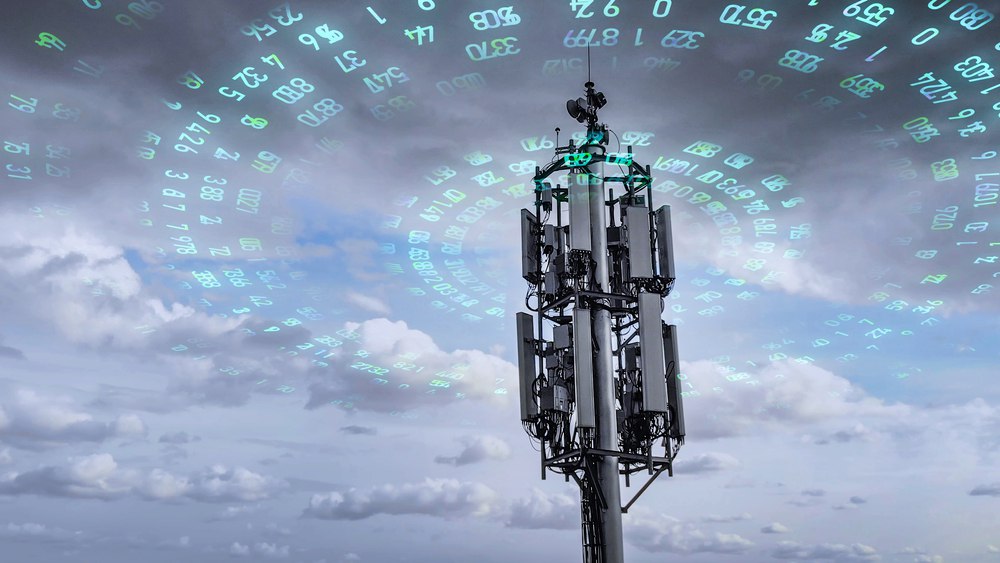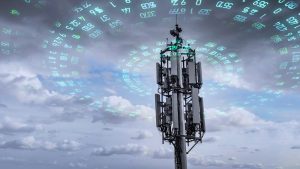Understanding 5G Icons: Differences between 5G UC and 5G UW Explained

If you already own one of the next-generation 4G mobile phones, chances are you’ve noticed some new icons on your device. While you may be used to seeing the LTE or 4G icons, introducing new 5G signals has also changed icons.
Unfortunately, this can be unclear, as users may suddenly see a 5G UW icon one minute and a 5G UC icon the next. However, it’s important not to let this confusion worry you too much.
Instead, taking the time to understand these new symbols can help you make the most out of your mobile phone’s capabilities. Knowing the differences between the various 5G icons can help you understand what type of signal you’re receiving and how fast your data connection may be
The Complicated realm of 5G
Understanding the complexities of the 5G world can be challenging, particularly compared to the more straightforward 4G and 3G networks. While the earlier networks relied on deploying multiple frequencies, they generally remained within the same ballpark.
In contrast, the 5G world is different, with a wide range of frequencies. Traditionally, the 3G and 4G networks were consolidated at the 600MHz to 1900MHz spectrum, with some variations that pushed the boundaries slightly but were rarely used.
However, in the last five years, T-Mobile and AT&T have been at the forefront of rolling out low-band spectrum as their pioneer 5G technology. Conversely, Verizon took a different approach by betting on millimeter waves (mmWaves).
One key difference between low-band spectrum and mmWaves is the trade-off between speed and distance. Low-band spectrum offers longer-distance coverage but is slower than the existing 4G networks. In contrast, mmWaves are incredibly fast in transmitting signals but do not travel as far as the low-band spectrum.
To better understand this, consider the difference between a 2.4GHz router and a 5GHz router. The 2.4GHz router can cover more distance and penetrate objects but is slower in transmitting data. In contrast, the 5GHz router utilizes higher frequencies that reduce signal penetration but vastly increase speed.
5G UC or 5G Ultra Capacity
T-Mobile’s 5G Ultra Capacity (UC) is a network that utilizes mid and high-band frequencies, running an additional 24-39GHz on top of the 2.5GHz dedicated capacity. This aspect differs from T-Mobile’s Extended Range 5G, which exclusively uses 600MHz frequencies.
A 5G UC icon depicts the 5G UC service, but this may vary depending on the operating system and brand manufacturer. For example, if you’re using an Android device and your phone doesn’t show the 5G UC icon, it means you’re using T-Mobile’s Extended Range 5G service.
While Extended Range 5G offers excellent coverage, it may be slower than 5G UC, which provides faster speeds but may have a more limited coverage area. Understanding these differences can help you choose the right service, depending on whether you need broad coverage or faster speeds.
5G UW or 5G Ultra-Wideband
5G UW, or 5G Ultra Wideband, is a network technology part of Verizon’s services and delivers extremely fast speeds. This technology uses very fast mmWaves to create short waves with low penetration power but fast speeds.
In 2022, Verizon was granted permission to switch to the C band spectrum, which they spent over $40 billion to acquire. This spectrum has become a core part of the network, expanding the company’s coverage to over 1,700 cities and covering over 10 million people. Before the switch, 5G UW was limited to less than 100 cities.




